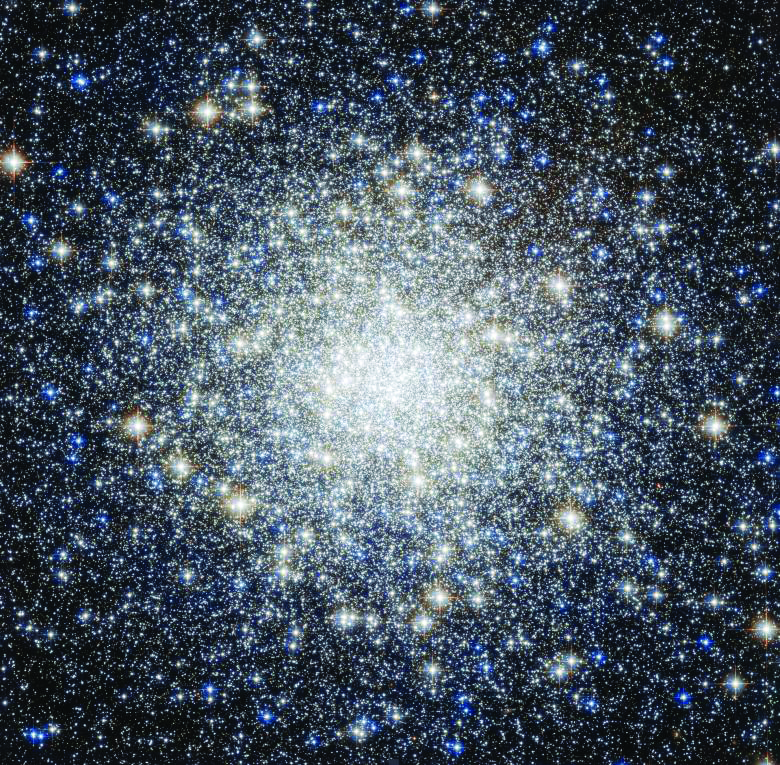Thanks to the help of SLU Professor Aileen A. O-Donoghue and Dominic Ford’s incredibly informative astronomical calendar, I bring to you this week’s sky events:
This week in Oct. we will be moving into the second half of our lunar cycle with the midway point being the full moon on Oct. 20. The full moon is defined by the moment its placement is 180 degrees away from the sun along the ecliptic, which is the imaginary line that the sun follows across our sky. This month, the moon will be near full for two nights, and as Ford’s chart reads, the moon will rise later each night until the end of the cycle when it will only be visible near dawn. This is why sometimes you see the moon in the sky when you get up for class in the morning!
Our trend of meteor showers this month has continued into this week with the Orionid and Leonis Minorid showers. Orionid will be active from this week until Nov. 7, peaking on Oct. 21— so, there’s lots of time to catch shooting stars. However, this shower will mostly be visible just before dawn, when the shower’s center point rises above our horizon in the east. The Leonis shower is also ongoing and will continue until Oct. 27, so there is a little less time to catch it. Luckily, this shower will be visible much sooner than Orionid, so you will not have to wake up early to catch this shower. Its peak activity will be on Oct. 24, just before dawn. All this really means is that there will be the most falling at once, but there is still a good chance of seeing meteors at any time of night, so do not be discouraged by the early hours. In fact, I saw an amazing meteor fall at around midnight a couple of days ago. It hit our atmosphere at just the right angle for a long-lasting and slow falling streak. I even saw the meteor break apart! So, if you find yourself outside at night, take a moment and look at the sky.
Our two final events this week are NGC 869 and NGC 884, both being well placed and visible all night long in the northern hemisphere. NGC 869 is a star cluster found in between the Cassiopeia, which looks like a big W near the North Star, and Perseus constellations. Our solar system has just one star, but others have hundreds or thousands of stars orbiting and occasionally crashing into each other, creating unimaginable explosions and even merging and creating new stars.
As For NGC 884, it too is a star cluster and what is interesting is that it can be found in practically the same place as NGC 869 because, according to Ford, it is the eastern half of what is a double star cluster—so two clusters of stars, stars the size of our sun or even bigger, orbiting right near each other. They will reach their highest point at around midnight local time, on their respective dates. They are both amazing cosmic events, which is hard to believe when it just looks like a faint smudge at best to our naked eye, but it is still amazing.



